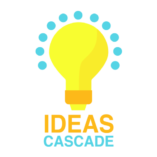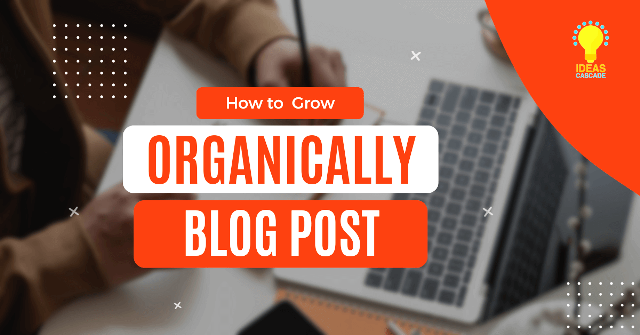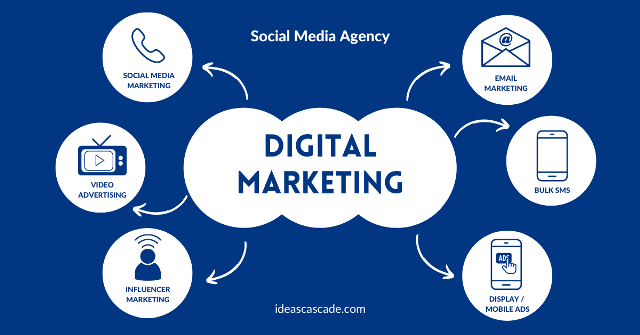Writing an engaging blog is the first and foremost step ever when you intend to grow your blog and generate traffic. Here, in my other article, I also have discussed several ways and strategies to be opted to write an engaging content.
Generating organic traffic on the blog may take more time, but the result is far more than expected. It ensures the credibility of your content and engagement with readers. Paid ads rank searched pages on top of the SERP results. It may help you attain immediate clicks on your website but that does not persist in the long run.
Moreover, many users do not believe in paid content. So, growing a blog organically is essential to generate consistent traffic. Therefore, I am highlighting the most effective ways that pivot in gaining organic reach. It is a game of patience, but it’s all worth it in the end.
Let’s begin with amazing tips.
Choose a topic wisely
It is the most critical step when you plan to boost the blog. Choosing a niche, and writing specific, well-researched content play a crucial part in generating organic traffic. Although writing an article on your favorite topic may excite you, it will not help you to rank on top in SERP.
When the aim is to bring traffic without paying hefty amounts, it is important to write about people’s interests. Several paid and free tools are available on the internet to find the most asked questions from the readers.
Create Spicy headlines
After topic selection, it’s time to create click-worthy headlines. Eye catchy headlines ensure 90% of clicks on weblinks. Well optimized headlines increase chances of appearance on search engines when a related query is searched.
Usually, Google allows 70 words for taglines that emerge on SERP, so rearrange and write accordingly.
While designing tags, keep in mind that curiosity is human nature that quests to find new things. Creating a headline with a curiosity element is the first step to get clicks.
Crafting words according to query
It is important to understand the target audience for which an article is written. Try to balance the LSIs relevant to the topic and audience. Also, it must be understood that on whatever topic you write, think and search maximum queries that people may search for. So, try to integrate such keywords and information in your content.
Use Long-Tail Keyword
Long-tail keyword refers to those queries that have more than 3 words which serves to narrow down the search intent and find specific information rather than general topic. For example: searching for “Vitamin C” is a general topic whereas searching for “which fruits have a higher value of Vit. C” is the long tail keyword.
Long tail keywords are different from LSIs in many ways. LSIs are relevant terminologies of the main heading whereas long tail keywords are extended forms of tagline. It can also be understood as “the targeted query in the search engine is long tail keywords whereas contextually relevant words in the search engine are LSI.”
For example: The LSI for shoes is “footwear, running shoes, shoe styles, etc. whereas the long tail keyword for shoes would be “comfortable shoes for women with high heels.” Long tail keywords may involve WH questions.
Hence, these keywords play a crucial role in engaging the right kind of audience. These are less competitive and have a higher conversion rate. According to an estimation, 20,000 audiences can be engaged in a span of 6 months organically when using the right and related long-tail keywords in the blog.
Add relevant Visuals
Visuals play an equally important part in blogs because it is much easier to convey messages through images or illustrations as compared to text alone. Additionally, colors can significantly improve audience engagement. Therefore, integrating content-related visuals into articles can help to attract the right kind of audience with subsequently increased traffic.
Adding CTA
CTA (Call to Action) guides readers to explore other posts on the site. Audiences that engage with CTAs have a genuine interest in the blog content. Therefore, it is important to add contextually relevant internal and external links in the CTAs.
You can add popup for newsletter, contact form, and share buttons etc. in your content.
Improve On-Page SEO
A combination of practices made to optimize a web page for better user experience and improved search engine analysis is called On-Page SEO or On-Site SEO. It comprises the optimization of meta tags, content, internal links, etc.
While discussing on-page SEO, it is crucial to understand the need for internal links and backlinks to improve the search engine ranking of sites organically.
Internal link drives traffic from one blog post to another within the same blog site. In this way, visitors remain engaged and explore more related content. Whereas, backlinks or external links help to divert the traffic from one blog site to another. These links send a signal to search engines that the blog contains content of readers’ interest which is searched frequently. In this way, the blogging website achieves a higher ranking on SERP.
Guest Blogging
Guest blogging refers to the type of blogging in which an article has been written for a website while retaining the personal identity as the author. In the author’s credentials, links can be added that lead back to your own blog site.
Hence it is important to choose a guest blogging opportunity for a site with substantial audience engagement, as this can help to direct the audience to your own blog site. Ultimately, an organic audience would be generated.
Promote blogs on social media
Nowadays, spreading information through social media is like wildfire in the forest. Sharing links to several social media platforms like Facebook, Instagram, Twitter, etc., and social media communities with relevant hashtags can help to capture a better audience.
Consistent posting with strategic use of hashtags boosts the blog’s visibility. Also, direct interaction with readers builds a community that ultimately becomes traffic to your blog site.
Conclusion
With a strategic combination of high-quality content, On-page SEO, and updated information, generating traffic to the blog free of cost is absolutely possible. The process requires lots of patience and consistency, with targeted efforts. Using social media rightfully can help the blog to widen audience engagement.
The key takeaway is to couple consistency with directed efforts yield results. Neither of them works effectively in isolation.



